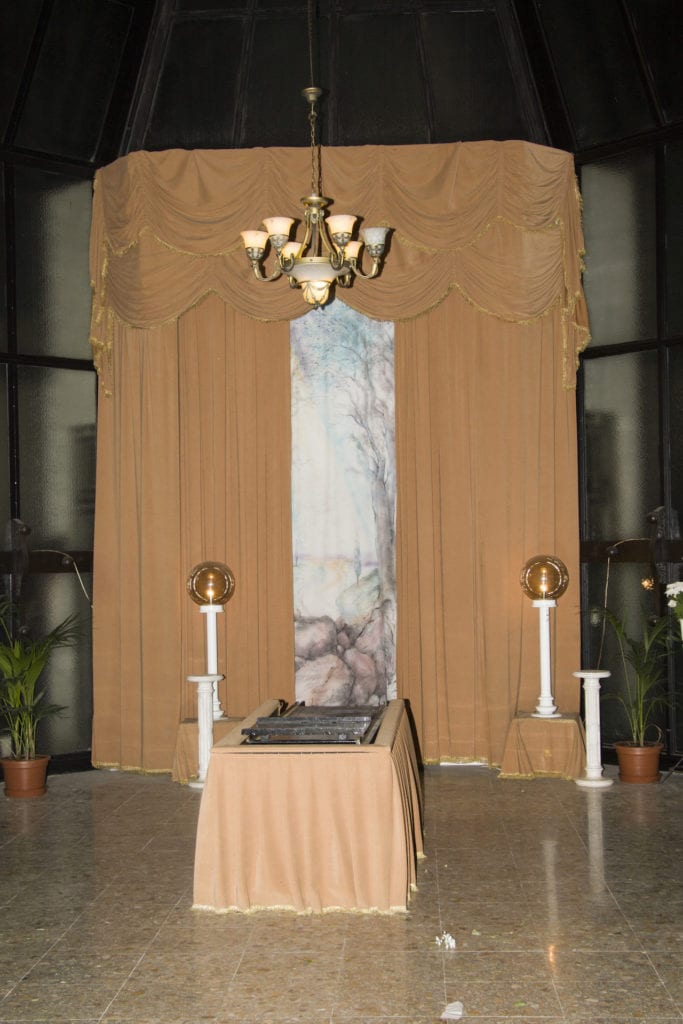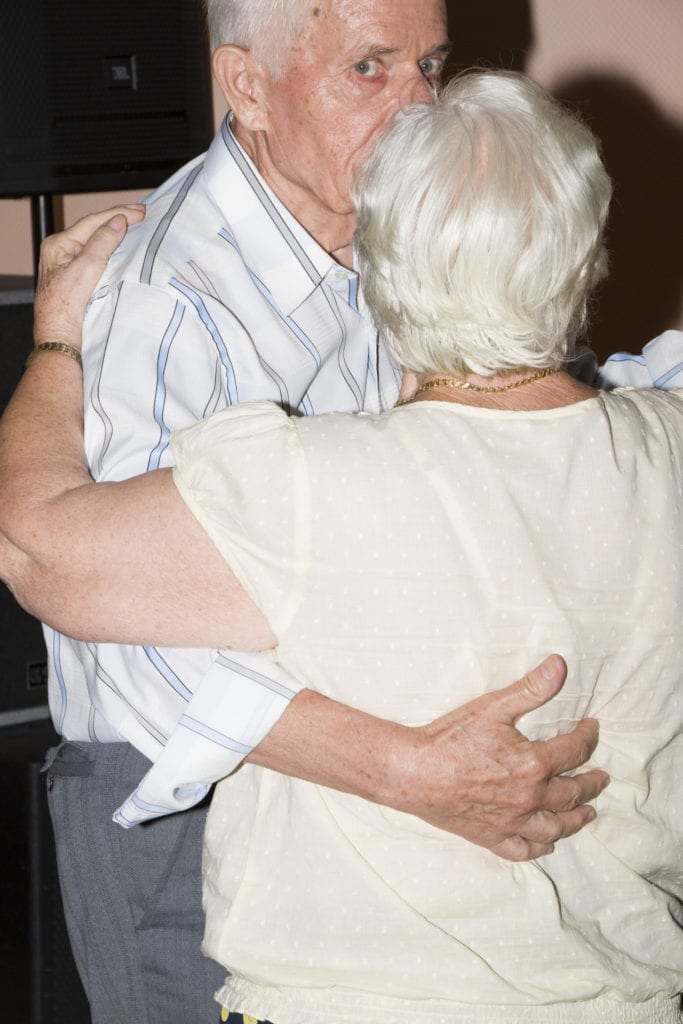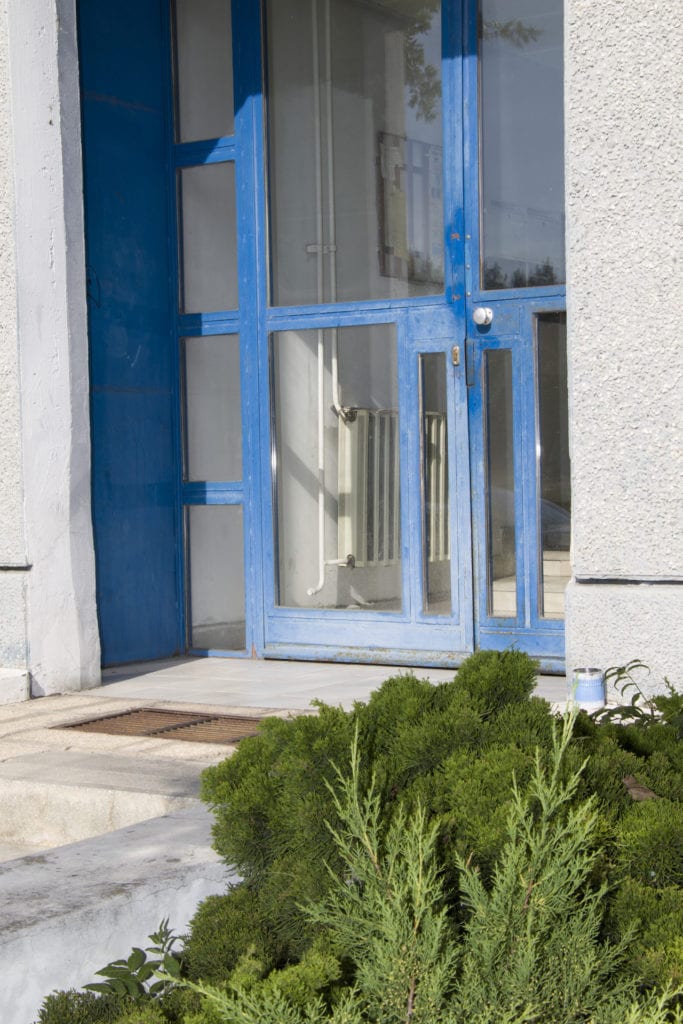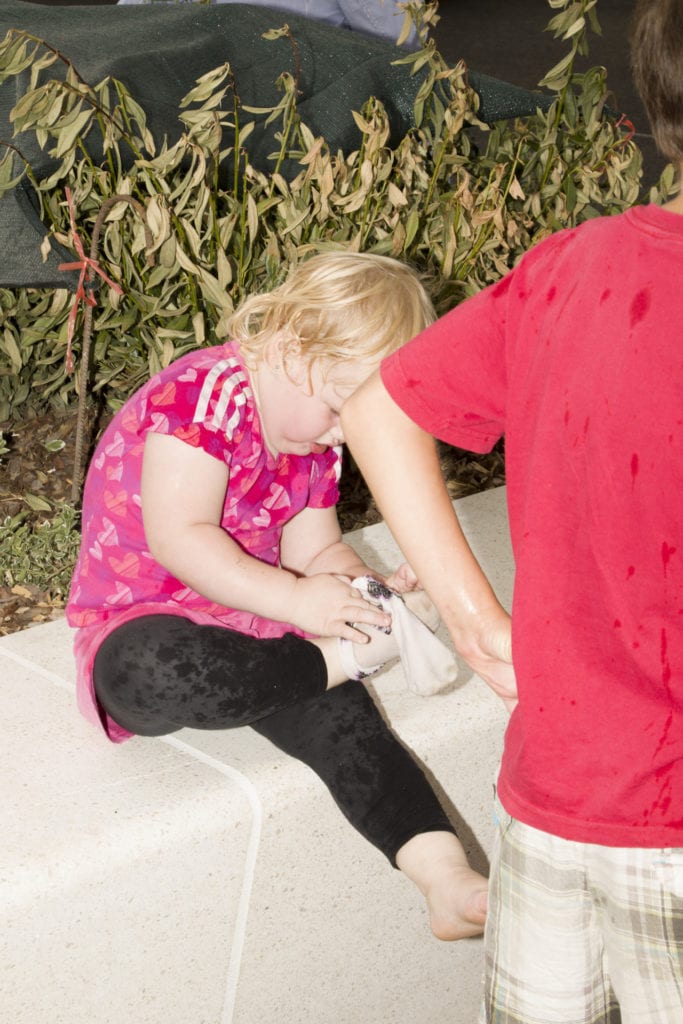Hungary produced some of the best photographers of the 20th century, with Robert and Cornell Capa, Brassaï and André Kertész all hailing from the country. In recent years it’s had a much lower profile, though there are still pioneering Hungarian photographers at work such as London-based Andi Gáldi Vinkó and Budapest-based photojournalist Zsófia Pályi. Studios such as Fiatalok Fotóművészeti Stúdiója [Studio of Young Photographers] and newer collectives such as Eskimo Book, meanwhile, have been championing younger practitioners.
At 28, Zsolt Ficsór is part of this new generation, using his collective, MAMA Photobooks, to help promote local artists’ self-published work. In October Ficsór brought MAMA to Photo Book London at The Old Truman Brewery, Brick Lane, for example, while in September, he was invited to take part in the five-day Magnum workshop at the Capa Contemporary Photography Centre in Budapest, a scholarship initiative run by the centre to help young photographers. Lead by celebrated Magnum photographers Antoine d’Agata and Matt Black, this workshop was a masterclass in developing his style of urban documentary photography, he says, which stems from his fascination with “interacting with this surreal and unreal world that we are living in right here here, right now”.
“Both Antoine and the other students were really helpful,” he says. “Even though we only had four days for shooting it was a great chance to evolve my approach in image making. I saw myself in the process again through the eyes of others. It was so helpful to talk through my ideas with other photographers at different stages of their careers, it helped me break out of my comfort zone and push my limits. Plus it was great to get international feedback on my work.”
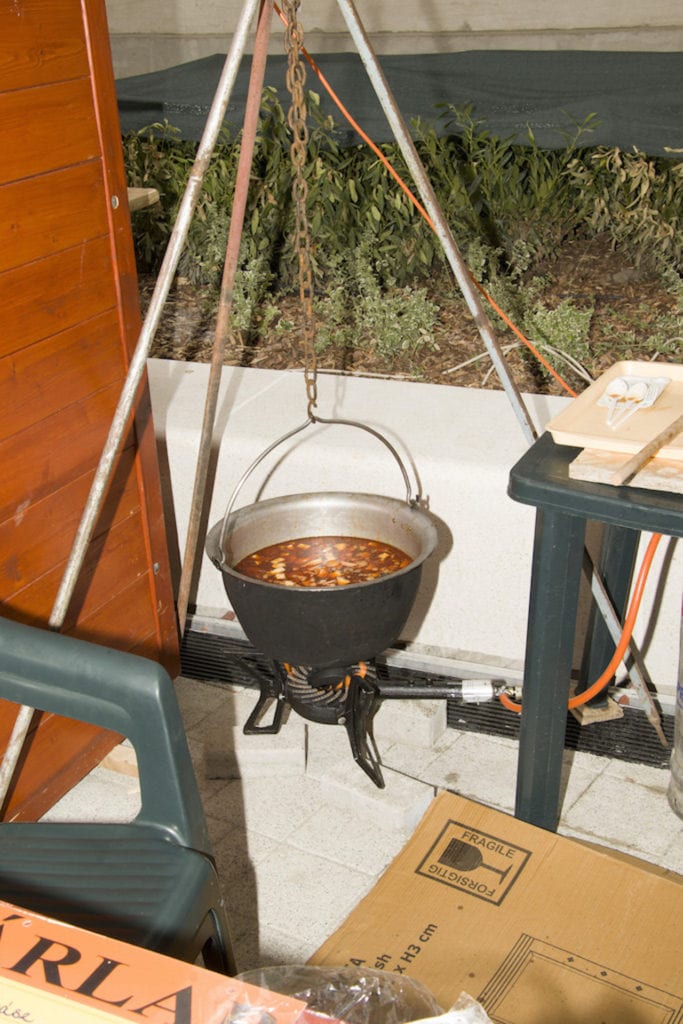
Ficsór’s photographs are candid, inspired by everyday experience and simple things that leave lasting impressions – “my grandmother’s bookbinding studio, childhood memories, my mom on messenger, John Frusciante’s music, David Lynch”. A portrait of man showing off his chest tattoo, a cigarette wedged between his teeth; an officer in traditional uniform on horseback, squinting in the sun; a local parade. The photographs are subtle and touching, and tell a simple story of life in the nooks and crannies of modern Budapest, a city that “becomes almost as small as a village” if you spend enough time exploring its streets.
“I think a photographer has to be an advocate of his or her society,” says Ficsór. “Or should at least to make some serious work about the present. I like to show everyday moments using the simplest photographic language. This documentary type of work builds on the naivety of both the photographer and the subject. I am constantly trying to get as far from imitating conventional styles as possible. Every idea counts!”
And in photographing the everyday in Budapest, Ficsór has a bigger target in sight – the identity of the Hungarian people. Actually it’s a complex subject, he says, as a homogenous Hungarian identity really doesn’t exist. “It’s more diverse than that,” he says. “But you have to be present here and stay for a long time to concentrate on the details to see what lies beyond the surface. I see things around me like documents – people and their impact on the environment; small, ordinary things, details of our time and atmospheres of crowds.”

He’s been shooting this way since 2015, when his interest in photographing people really came to the fore. Exploring smaller pockets of the city he came across locals with “a way stronger public spirit than anywhere else”; visiting the pensioners’ club frequented by his grandmother, he shot a whole series exploring “who those people are and what they do together”. That series was subsequently shown at the C/O Berlin gallery during the Close Up! exhibition and international competition, which he went on to win.
A quote appears at the start of Ficsór’s most recent photobook. It’s not from a poet, philosopher, or a famous photographer he admires – though Lars Tunbjörk, Martin Kollar and William Eggleston rank among his favourites. Rather, it comes from a man he met on one of his many expeditions through Budapest’s less travelled streets. ‘A kutyának is piros a vére’, which translates as ‘A dog has red blood too’, and captures the simplest concept behind Ficsór’s photography. “For me it means that everyone is the same,” he says. “There is no need to differentiate people from one another.”
https://www.tumblr.com/dashboard/blog/fcsrzs https://www.instagram.com/schault_phitchour/?hl=en https://www.instagram.com/mamaphotobooks/?hl=en

